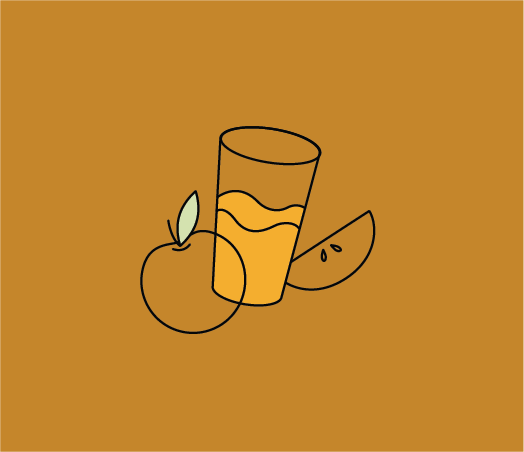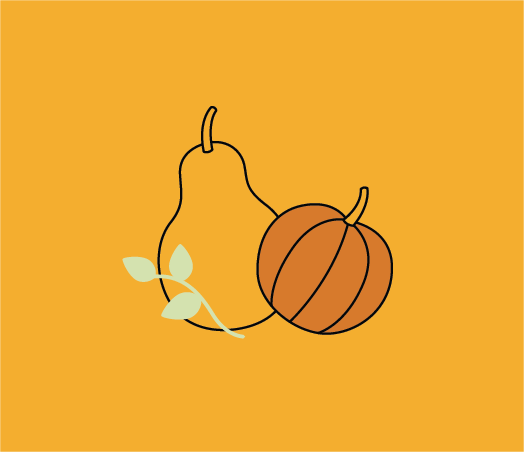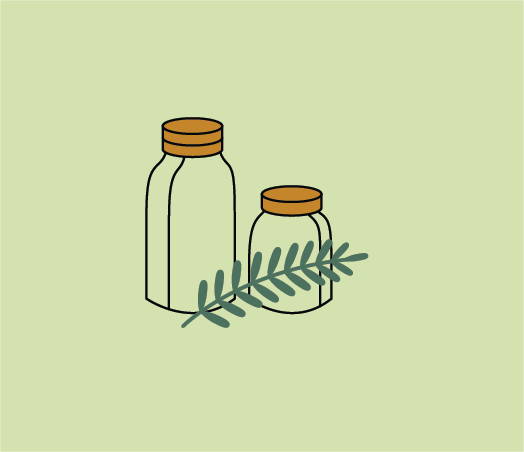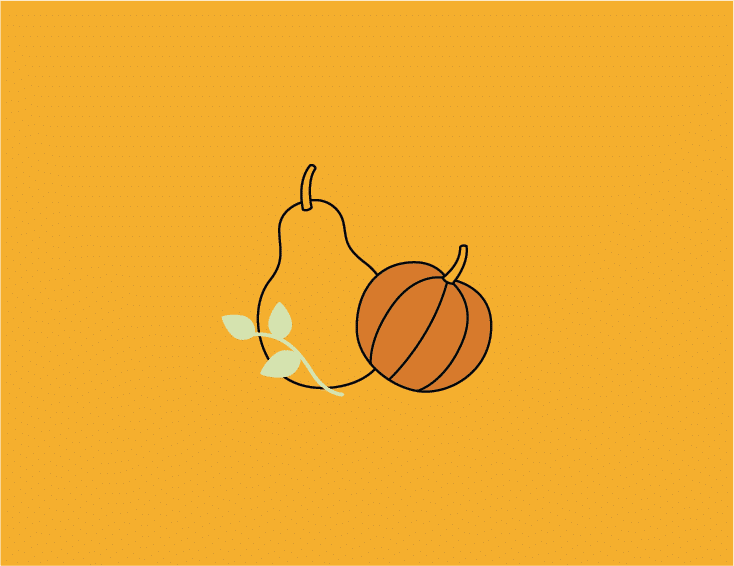In November the days are crisp, the nights cool. It’s a month when we can come home to the smell of wood fire in the evening air, and the enticing aroma of hearty fall meals. It’s a time to be thankful for the bounty that nature brings forth and to remember the pollinators, whose unsung work makes so much of what we savor possible. At The Best Bees Company we’re deeply grateful for all they do for our planet, and the simple pleasures they make possible.
1. Cider’s here!
For a week or two back in April the apples were in bloom—a feast for the eyes after the grey gloom of March. If you’d looked up into the trees you’d have seen thousands of bees feasting on the apple blossoms’ nectar—for some, their first since the previous autumn. Five months later, the apples are harvested and pressed into sweet, tangy cider. Forget the first colored leaves; it’s cider in stores and farm stands that says fall is here.

2. We’ll take pumpkin anything
It’s become a tradition for the news media to bemoan the too-early return of pumpkin spice coffee and remind us that there’s no pumpkin in any of it. That doesn’t stop us from buying up millions of cups of it. Or loving the things that actually use pumpkin, like Jack-o-lanterns, toasted pumpkin seeds, pumpkin pie, and pumpkin bread and muffins. It all starts in August when bees find those hot orange pumpkin flowers irresistible…
3. And squash in every form
Acorn, butternut, Hubbard, Turk’s Cap—regardless of the squash variety, if it ripens in fall, you know it has a nutty richness that will create delicious soups, pair perfectly with a fall roast or be the feature ingredient in seasonal pastas, stews or risottos.

4. A bowl of hearty chili
Other than turkey, what other popular dish says fall more than chili? Great for football tailgating, or a rainy Sunday with a movie. Even better reheated the next day. However you make it—spicy, mild, red, white, beef, turkey or veggie—the essence of chili is a mélange of beans, tomatoes and peppers—all summer crops that depend on pollinators for fruiting.
5. Homemade pies
The pie-making season starts in June with strawberry-rhubarb, builds momentum in late summer with raspberry, blueberry, and peach, and reaches a crescendo in fall with apple, pear, and pumpkin. Crispy crust, maybe a dollop of vanilla ice cream, and inside, baked to perfection, fresh, local fruits. Thanks again, pollinators!
6. The challenge and reward of cracking nuts
When we think of what bees pollinate, we often forget that tree nuts—almonds, hazelnuts, pecans, walnuts—all depend on bees as well. We’re thankful for their work when we put out a bowl of mixed nuts still in their shells and crack one-by-one through the holiday season.
7. Cranberry sauce and relish
What Thanksgiving plate, loaded with turkey, gravy, sweet potato casserole and beans would be complete without the ruby glow of cranberry sauce or relish? Walk around any cranberry bog in June and you’ll see stacks of beehives, with bees in the millions buzzing back and forth across the bogs.
8. Half the spice rack
Pollinators are found in every country around the world. Thanks to their hard work, we have the seeds, nuts and berries that make our anise, caraway, coriander, cumin, mustard, nutmeg, and pepper—essential spices for so much of what we love to eat.

9. Summer in a jar
Summer may be over, but its taste lives on in the preserves, jams and jellies we make ourselves, or buy at farm stands and markets. A cup of coffee or tea, some toast and jam, the paper and a little classical music—now that’s a way to start a cool fall morning!
10. A teaspoon of honey
Winter may be on the way, and with its short days and colder weather, but there’s a sweet reminder of warm weather to come found in a cup of tea with a teaspoon (or two) of honey—the perfect pick-me-up for an autumn afternoon.






